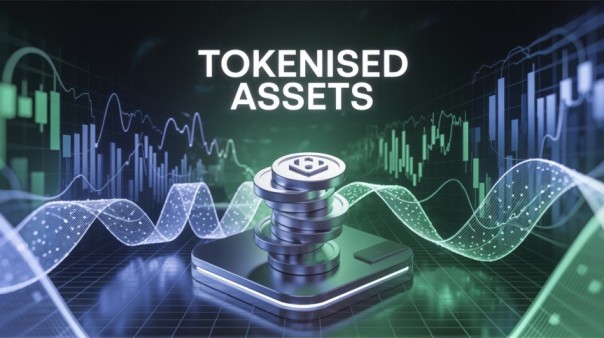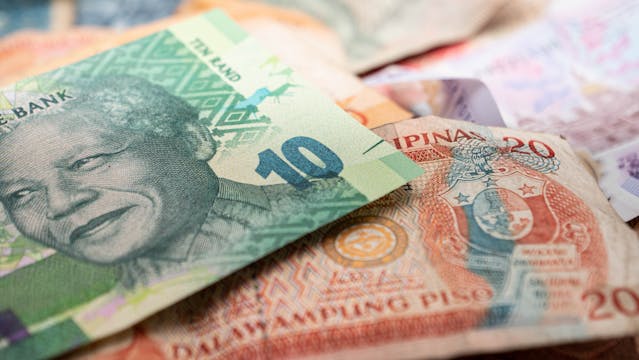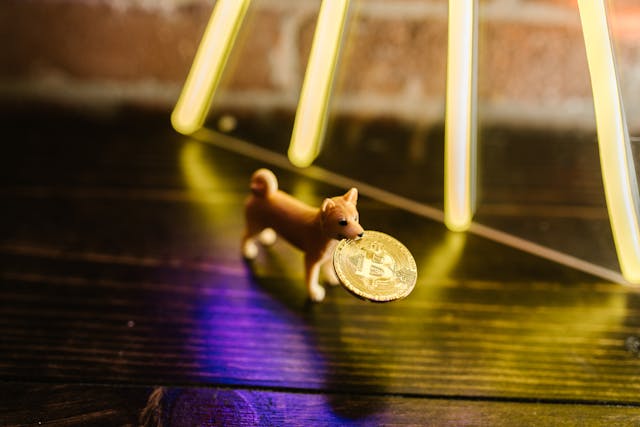The world of finance has undergone a remarkable transformation over the past decade. What started as an experimental digital currency has now evolved into a sophisticated ecosystem of blockchain-powered solutions, decentralised finance (DeFi), and tokenisation. This shift has opened new opportunities for investors, traders, and institutions alike. For those exploring financial markets, whether it’s through learning forex trading, understanding forex trading basics, or seeking tips for trading currency, the evolution of digital assets offers valuable insights into the future of global investment.

The Birth of Digital Assets: Cryptocurrencies
The Early Days of Bitcoin and Altcoins
When Bitcoin was launched in 2009, it introduced the world to the concept of a decentralised digital currency. Initially viewed as a niche experiment, Bitcoin’s underlying technology blockchain, proved to be revolutionary. Blockchain offered secure, transparent, and immutable transaction records, paving the way for thousands of alternative cryptocurrencies (altcoins).
Cryptocurrencies as an Investment Class
In the early years, cryptocurrencies were primarily speculative instruments. Traders sought opportunities to profit from price volatility, often drawing parallels to forex trading basics. The skills required to analyse markets, identify trends, and execute trades were similar to those used in currency trading. Many early adopters of Bitcoin also had backgrounds in forex, recognising the parallels between crypto markets and traditional currency exchanges.
The Expansion of the Digital Asset Landscape
Beyond Currency: The Rise of Utility Tokens and Stablecoins
As blockchain technology matured, new forms of digital assets emerged. Utility tokens were created to grant access to specific services within blockchain platforms, while stablecoins addressed the volatility concerns of cryptocurrencies by pegging their value to fiat currencies. This evolution mirrored the development of financial instruments in traditional markets, where traders often begin by learning forex trading and later expand to more complex assets.
The Role of Decentralised Finance (DeFi)
DeFi has been a game-changer in the digital asset space. It allows users to lend, borrow, and trade without intermediaries, using smart contracts to execute transactions automatically. For those familiar with basics forex trading, DeFi presents a similar appeal, accessibility, liquidity, and potential profit opportunities, but on a decentralised platform.
Tokenisation: The Next Chapter in Digital Finance
What Is Tokenisation?
Tokenisation is the process of converting real world asset, such as equities, bonds, commodities, real estate, and structured products, into digital tokens on a blockchain. Each token represents a claim on the underlying asset, enabling fractional ownership, global trading, and programmability.
How Tokenisation Is Transforming Global Markets
Tokenisation is poised to revolutionise financial markets by increasing efficiency, transparency, and accessibility. Consider the real estate market: traditionally illiquid and confined by geography, tokenisation allows investors worldwide to buy fractional shares in high value properties. This concept resonates with those interested in forex money makers, as it opens up new avenues for generating returns beyond currency trading.
Institutional Adoption and Regulatory Developments
Financial institutions have started embracing tokenisation, recognising its potential to streamline processes and reduce costs. Regulatory bodies are also working to create frameworks for tokenised assets, which is crucial for mainstream adoption. Just as understanding forex trade basics helps traders navigate currency markets, learning about regulatory landscapes is essential for success in tokenised asset markets.
The Intersection of Forex and Digital Assets
Similarities Between Forex and Digital Asset Trading
Forex and digital asset markets share several similarities: high liquidity, global reach, and 24/7 trading. Traders who understand forex trading the basics often find it easier to transition into crypto and tokenised asset trading. The analytical skills, risk management techniques, and strategies used in forex apply equally well to these emerging markets.
Tips for Trading Currency and Digital Assets
For those starting their journey, here are some essential tips for trading currency and digital assets:
- Understand Market Fundamentals: Whether it’s the factors influencing currency pairs or the fundamentals of a blockchain project, knowledge is key.
- Manage Risk Effectively: Set stop loss levels, diversify your portfolio, and never invest more than you can afford to lose.
- Stay Updated: Markets evolve rapidly. Continuous learning, similar to learning forex trading, is essential for long term success.
- Use Reliable Platforms: Choose regulated brokers for forex and reputable exchanges for digital assets.
The Future of Digital Assets and Tokenisation
Opportunities Ahead
The potential of tokenisation extends beyond financial assets. Supply chains, intellectual property, and even identity management are areas where tokenisation could have a transformative impact. For investors, this means access to a broader range of opportunities, echoing the journey from basics forex trading to mastering complex financial instruments.
Challenges to Overcome
Despite its promise, tokenisation faces challenges such as regulatory uncertainty, technological risks, and market adoption hurdles. Addressing these issues will be critical to unlocking its full potential.
The evolution of digital assets, from cryptocurrency to tokenisation, marks a significant milestone in the history of finance. For traders and investors, understanding this shift is as crucial as mastering forex trade basics in traditional markets. As digital assets continue to reshape global finance, those who adapt, learn, and embrace innovation will be best positioned to thrive in this new era.
Contact PipInfuse – Beginner forex trading


